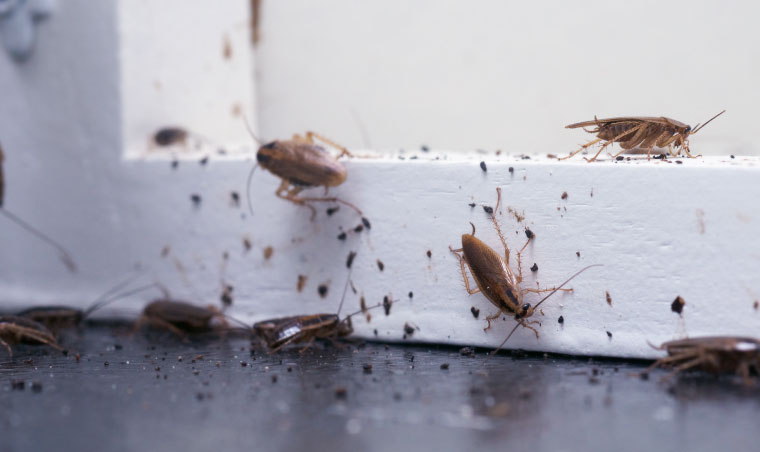What Are Asthma Triggers & How You Can Avoid Them
By Nishkak +2 more

Download PharmEasy App




Register to Avail the Offer
Send OTPBy continuing, you agree with our Privacy Policy and Terms and Conditions
By Nishkak +2 more
Asthma is a respiratory condition that is caused due to the narrowing of the airways in response to various triggers around us. This condition is chronic and is characterized by a number of symptoms such as breathlessness, coughing and wheezing.

Table of Contents
Asthma attacks are most commonly triggered when you are exposed to asthma triggers or allergens. It is important to identify your triggers and take active efforts to avoid asthma triggers. Here are some common asthma triggers and tips that one can use to avoid or manage them.
Asthma triggers may vary depending on seasonal changes as allergens can change throughout the year based on the seasons. Understand more about seasonal asthma triggers here.
1. Asthma Triggers Present In The Air

There are various asthma triggers that are present in the air. Of these, the most common asthma triggers are pollen, cigarette smoke, air pollution, humidity and dust. Pollen is the main trigger and asthmatics are advised to stay indoors during peak pollen times. Additionally, it is recommended to use air conditioning in their houses rather than opening the windows and/or using the fan. This not only reduces the humidity but also lowers the individual’s risks of being triggered by dust and other indoor air pollutants.
2. Mould

Mould or rather, breathing in mould can lead to an individual experiencing an asthma attack. It is important that the asthmatic checks their house for mould at least once a month. This is especially true if the individual lives in an area that has a humid climate. This is because house mould grows and thrives in humidity. The best way to avoid this trigger would be to check for mould and get rid of it immediately if found. Additionally, using an air conditioner instead of a fan helps lower the humidity of the house. If you do not have access to an air conditioner, it is advised to invest in a dehumidifier to control the humidity in the house.
3. Animal Dander

Pet dander is a trigger for an asthma attack. Various proteins that are found in the saliva or urine of the animal could also cause an episode for an asthmatic. If avoiding the animal altogether is not an option, it is important to keep the animal outside the house as much as possible. If it is an indoor pet, then the individual must bathe the animal regularly and limit the pet’s access to a particular area of the house. Make sure that the pet stays out of your bedroom at all times.
4. Cockroaches

Cockroaches are known to be carriers of diseases and are one of the triggering factors of asthma. They are a common and year-round allergy trigger and may even lead to an asthma attack. If you notice a cockroach in the house, then call an exterminator immediately. In addition to this, ensure that no food or drink is left out in the open and that all of it is covered.
5. Disinfectants and Cleaners

Disinfectants are also asthma triggers and can also cause asthma attacks. People with asthma should be careful when disinfectants are being used and avoid them. When it comes to limiting your exposure to disinfectants, follow a proper cleaning schedule and try using safer products. Make sure that is proper ventilation in the room before you start cleaning and use protective gear.
Allergy triggers can also lead to asthma attacks even when you’ve been following proper instructions and have all your symptoms in check. It is important to keep track of your triggers and effectively avoid them as much as you can. If you are unable to identify your triggers, make sure you visit your doctor for professional advice and an effective treatment plan for the same. If you’d like to understand this better, here are a few ways to reduce your asthma triggers at home.
Brought to you by Cipla
Disclaimer: The information included on this site is for educational purposes only and is not intended to be a substitute for medical treatment by a healthcare professional. Because of unique individual needs, the reader should consult their physician to determine the appropriateness of the information for the reader’s situation.
Comments